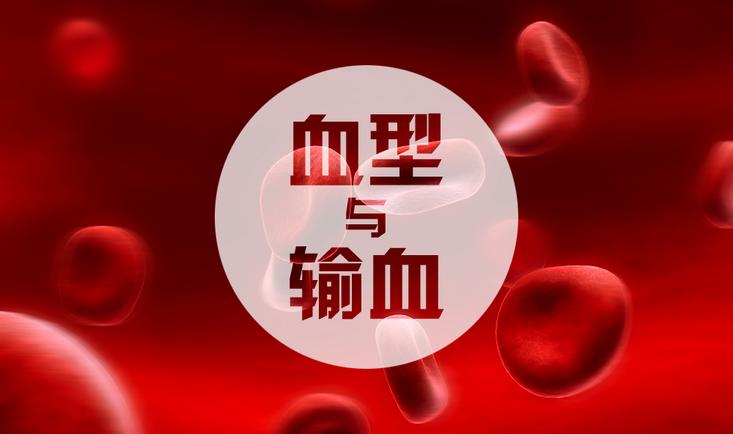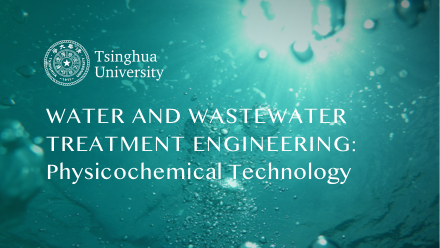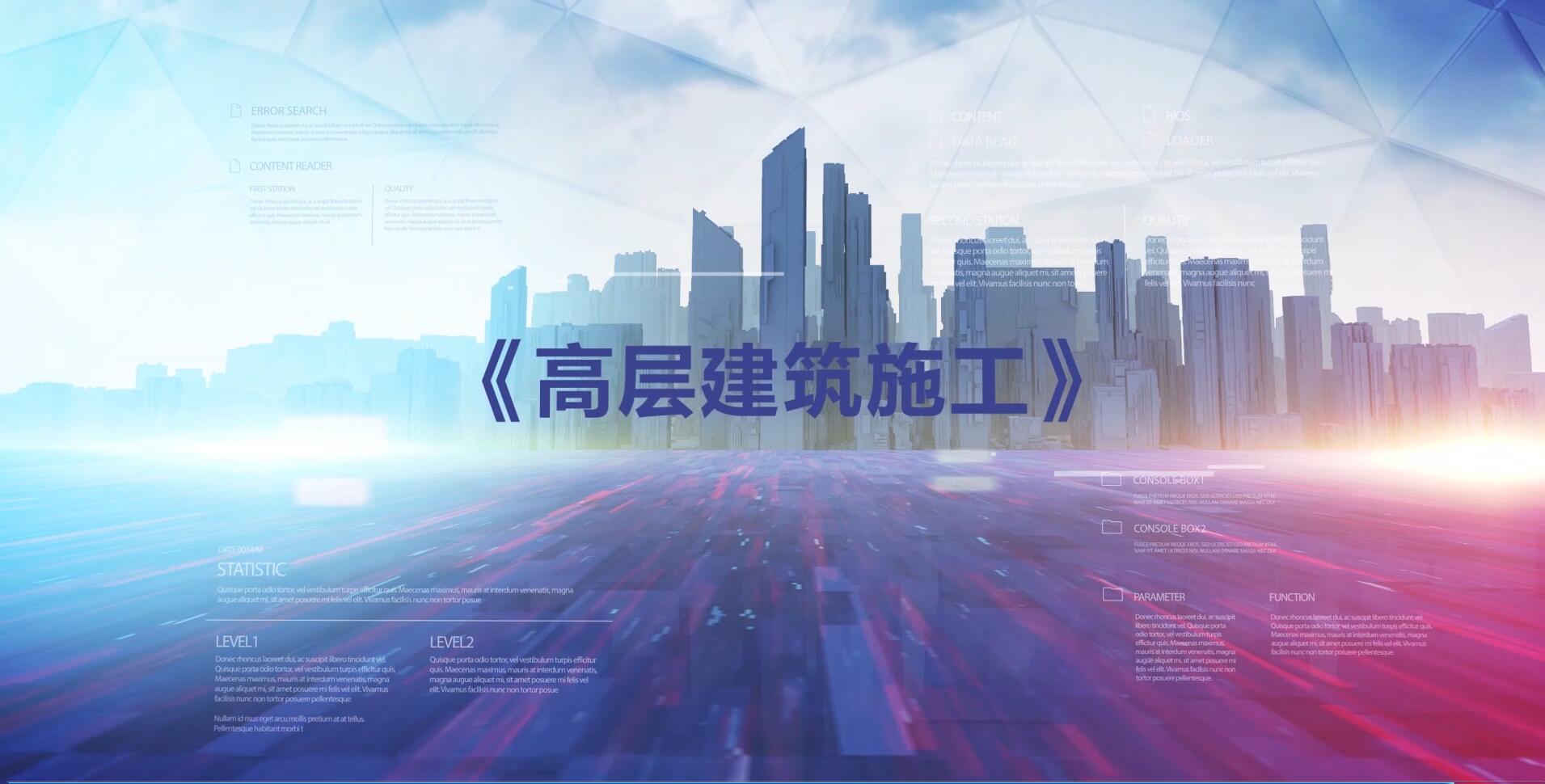
当前课程知识点:Water and Wastewater Treatment Engineering: Physicochemical Technology > Chapter 7 Membrane separation > 7-2 Principle and characteristics of electrodialysis > 7-2 Principle and characteristics of electrodialysis
返回《Water and Wastewater Treatment Engineering: Physicochemical Technology》慕课在线视频课程列表
返回《Water and Wastewater Treatment Engineering: Physicochemical Technology》慕课在线视频列表
同学们好!在这一讲我们介绍电渗析的原理与分离特性
大家先来看看电渗析的原理图
直流电场通过阳极、阴极施加在装置两侧
在阴、阳极之间,阴、阳离子交换膜交替排列
两种膜之间用特制的隔板隔开,隔板内有水流的通道
如果我们在阴膜和阳膜之间通入含盐水
在电场作用下水中的阴、阳离子就会发生移动
阳离子向着阴极方向、阴离子向着阳极方向移动
但由于阳膜只允许阳离子通过,阴膜只允许阴离子通过
这样就会使一部分隔室中的离子浓度减少
这些隔室称为淡室,其出水为淡水
而一部分隔室中的离子浓度增加,称之为浓室,其出水为浓水
这就是电渗析的基本原理
电渗析就是在直流电场作用下
利用阴、阳离子交换膜对溶液中的阴、阳离子的选择透过性
分离溶质和水的过程
在电渗析过程中,除了含盐水的淡化过程,在电极室还会发生电极反应
在阴极,发生还原反应,水被电解成H+和OH-,H+被进一步还原成H2
因此,阴极室溶液呈碱性
当水中有高浓度硬度离子时,还可能会结垢
而在阳极,发生氧化反应,水电解生成的OH-被氧化成O2
或水中的Cl-被氧化成Cl2
因此,阳极室通常呈酸性,可能会对电极产生腐蚀
电渗析对水中阴、阳离子的选择性
与所采用的离子交换膜的选择透过性密切相关
那么到底什么是离子交换膜呢?
从名称上我们就可以判断出它与上一章我们曾经介绍过的离子交换树脂
其实具有相同的化学结构
由基膜和活性基团两大部分组成
基膜是具有立体网状结构的高分子化合物
活性基团是由具有交换作用的离子和与基膜相连的固定离子所组成
根据基团带电的不同,可以将其分为阳离子交换膜和阴离子交换膜
分别简称为阳膜和阴膜
阳膜含有带负电酸性活性基团,能选择性透过阳离子而不让阴离子透过
而阴膜含有带正电碱性活性基团,能选择性透过阴离子而不让阳离子透过
刚刚提到,电渗析过程中一个重要的性能参数就是离子交换膜的选择透过性
那么,如何表征这个选择透过性呢?
如果我们以阳膜为例,它对阳离子的选择透过性可以用这个式子表示
P+表示阳膜对阳离子的选择透过率
t+代表阳离子在溶液中的迁移数
迁移数是指在通电条件下,阳离子迁移的电量与所有离子迁移的总电量的比值
t+' 代表阳离子在阳膜内的迁移数
如果我们希望阳膜应对阳离子具有较高的选择透过性
理想的情况是阳离子在阳膜中的迁移数应等于1
因此,理想的离子交换膜的选择透过率理论上应接近于1
一般要求阳膜对阳离子的选择透过率应大于0.9
对阴离子的选择透过率则应小于0.1
那么,为什么离子交换膜会选择性地让离子通过呢?
下面我们来看看离子交换膜的选择透过性机理
还是以阳膜为例
在阳离子交换膜中会有很高浓度带负电荷的固定离子
这种固定离子与聚合物膜基相结合
由于电中性原因,会被周围流动的反离子即正离子平衡
由于静电相斥的作用,阳离子交换膜中的固定离子
将阻止其他相同电荷的离子即负离子进入膜内
因此,在电渗析过程中
只有反离子才可能在电场的作用下进入膜内、移动并渗透通过膜
而在膜内可移动的同电荷离子浓度则非常低
这就是由道南在1911年论述过的道南排斥效应
离子交换膜就是以这种道南排斥效应为基础,选择性地让离子通过
这一节介绍了电渗析的工作原理与分离特性
在下一节,我们将介绍电渗析器的构造与组装
-0-2 Water treatment process
-0-3 Wastewater treatment process
--0-3 Wastewater treatment process
-Chap 0 Homeworks
-1-1 Introduction
-1-2 Properties of colloids
-1-3 Mechanisms and process of coagulation and flocculation
--1-3 Mechanisms of coagulation and flocculation
-1-4 Coagulant and coagulant aids
-- 1-4 Coagulant and coagulant aids
-1-5 Kinetics of coagulation and flocculation
--1-5 Kinetics of coagulation and flocculation
-1-6 Factors affecting the coagulation performance
--1-6 Factors affecting the coagulation performance
-1-7 Facilities for coagulation and flocculation
--1-7 Facilities for coagulation and flocculation
-Chapter 1 Homeworks
-2-1 Introduction
-2-2 Discrete particle settling
--2-2 Discrete particle settling
-2-3 Flocculent settling
-2-4 Zone settling
-2-5 Rectangular settling tank
--2-5 Rectangular settling tanks
-2-6 Process calculation of rectangular settling tanks
--2-6 Process calculation of rectangular settling tanks
-2-7 Vertical Flow (up-flow ) and radial flow settling tank
--2-7 Vertical Flow (up-flow ) and radial flow settling tank
-2-8 Plated sedimentation tank
--2-8 Plated sedimentation tank
-2-9 Clarification pool
-3D interactive demonstration for settling tanks
-Chapter 2 Homework (part 1)
-Chapter 2 Homework (part 2)
-3-1 Introduction
-3-2 Theoretical foundation of air floatation
--3-2 Theoretical foundation of air floatation
-3-3 Pressurized dissolved air flotation
--3-3 Pressurized dissolved air flotation
-Chapter 3 Homework
-4-1 Introduction
-4-2 Structure and process of conventional rapid filter
--4-2 Structure and process of conventional rapid filter
-4-3 Water head loss of filter
--4-3 Water head loss of filter
-4-4 Filtration method of filter
--4-4 Filtration method of filter
-4-5 Filter media
-4-6 Water distribution system
--4-6 Water distribution system
-4-7 Filter backwashing
-4-8 Siphon filter
-4-9 Gravity valveless filter
--4-9 Gravity valveless filter
-4-10 Movable hood filter
-3D interactive demonstration for filtration tanks
--Usage and description for 3-D demonstration
-Chapter 4 Homework
-5-1 Introduction
-5-2 Influence factors of disinfection
--5-2 Influence factors of disinfection
-5-3 Chlorine disinfection
-5-4 Chlorine dioxide disinfection
--5-4 Chlorine dioxide disinfection
-5-5 Ultraviolet disinfection
--5-5 Ultraviolet disinfection
-Chapter 5 Homework
-6-1 Ion-exchange resin
-6-2 Properties of ion-exchange reactions
--6-2 Properties of ion-exchange reactions
-6-3 Properties of cation exchange resin
--6-3 Properties of cation exchange resin
-6-4 Properties of anion exchange resin
--6-4 Properties of anion exchange resin
-6-5 Softening system using ion exchange
--6-5 Softening system using ion exchange
-6-6 Desalination system using ion exchange
--6-6 Desalination system using ion exchange
-6-7 Ion-exchange equipment
-6-8 Treatment of industrial wastewater by ion-exchange method
--6-8 Treatment of industrial wastewater by ion-exchange method
-Chapter 6 Homework
-7-1 Introduction
-7-2 Principle and characteristics of electrodialysis
--7-2 Principle and characteristics of electrodialysis
-7-3 Configuration of electrodialysis unit
--7-3 Configuration of electrodialysis unit
-7-4 Operating parameters for electrodialysis unit
--7-4 Operating parameters for electrodialysis unit
-7-5 Principle and process of reverse osmosis
--7-5 Principle and process of reverse osmosis
-7-6 Operating parameters for reverse osmosis
--7-6 Operating parameters for reverse osmosis
-7-7 Principles and characteristics of UF and MF
--7-7 Principles and characteristics of UF and MF
-7-8 Design of ultrafiltration and microfiltration process
--7-8 Design of ultrafiltration and microfiltration process
-Chapter 7 Homework
-8-1 Fundamental knowledge and classification
--8-1 Fundamental knowledge and classification
-8-2 Ozonation
-8-3 Photo-catalytic oxidation
--8-3 Photo-catalytic oxidation
-8-4 Supercritical water oxidation
--8-4 Supercritical water oxidation
-8-5 Electrolysis
-Chapter 8 Homework
-9-1 Introduction
-9-2 Adsorption equilibrium and adsorption isotherm
--9-2 Adsorption equilibrium and adsorption isotherm
-9-3 Adsorption breakthrough curve
--9-3 Adsorption breakthrough curve
-Chapter 9 Homework


